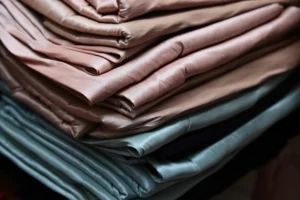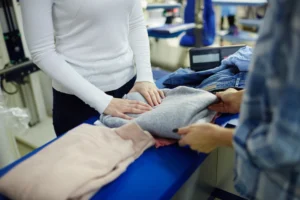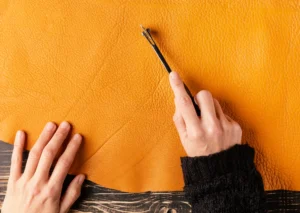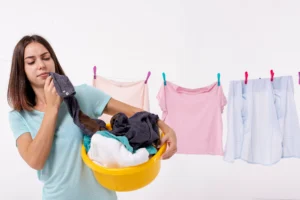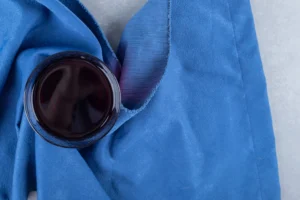Your wedding gown is one of the most cherished pieces of clothing you’ll ever own, and caring for it after the big day is crucial to preserve its beauty. If your gown features delicate fabrics like lace or silk, you may be wondering: Can dry cleaning be trusted to protect these fine materials? In this post, we’ll explore the pros and cons of dry cleaning wedding gowns with lace and silk and offer tips on how to keep your gown looking flawless.

The Benefits of Dry Cleaning for Lace and Silk Gowns
Dry cleaning is a popular option for cleaning wedding gowns due to its ability to gently clean delicate fabrics without causing shrinkage or damage. For lace and silk fabrics, dry cleaning offers several benefits:
- Gentle on Delicate Fabrics: Dry cleaning uses solvents instead of water, which reduces the risk of water damage, such as fabric distortion or color bleeding. This is especially important for lace and silk, which can easily lose their structure if exposed to moisture.
- Preserves Intricate Details: Wedding gowns often have intricate lace designs or delicate silk material that can be damaged during regular washing. Dry cleaning ensures that these details remain intact without fading or fraying.
- Wrinkle-Free Finish: After dry cleaning, your gown will come out wrinkle-free, which is essential for maintaining that fresh, pristine look. Professional dry cleaners have the equipment to handle these delicate fabrics properly, ensuring your gown is returned in perfect condition.
Potential Risks of Dry Cleaning for Lace and Silk Gowns
While dry cleaning is generally safe, there are a few potential risks to consider:
- Chemical Exposure: The chemicals used in dry cleaning can sometimes cause damage to delicate fabrics if not properly handled. It’s important to choose a trusted dry cleaner with experience in handling wedding gowns and fine fabrics like lace and silk.
- Excessive Dry Cleaning: Frequent dry cleaning can degrade the fabric over time, leading to weakening or fading. It’s advisable to dry clean your gown only when absolutely necessary.
Conclusion
Dry cleaning can be a safe and effective way to clean wedding gowns made from lace and silk, provided you choose a reputable and experienced dry cleaner. To avoid damage, opt for a professional that specializes in handling delicate fabrics and ensure that your gown is cleaned only when needed. If you’re looking to preserve your wedding gown’s beauty for years to come, consider entrusting it to the experts at FCL Dry cleaning Services, where we take the utmost care in cleaning and preserving delicate fabrics like lace and silk. Contact us today to learn more!
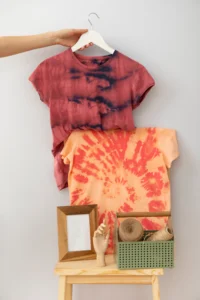 What is Starching?
What is Starching?
